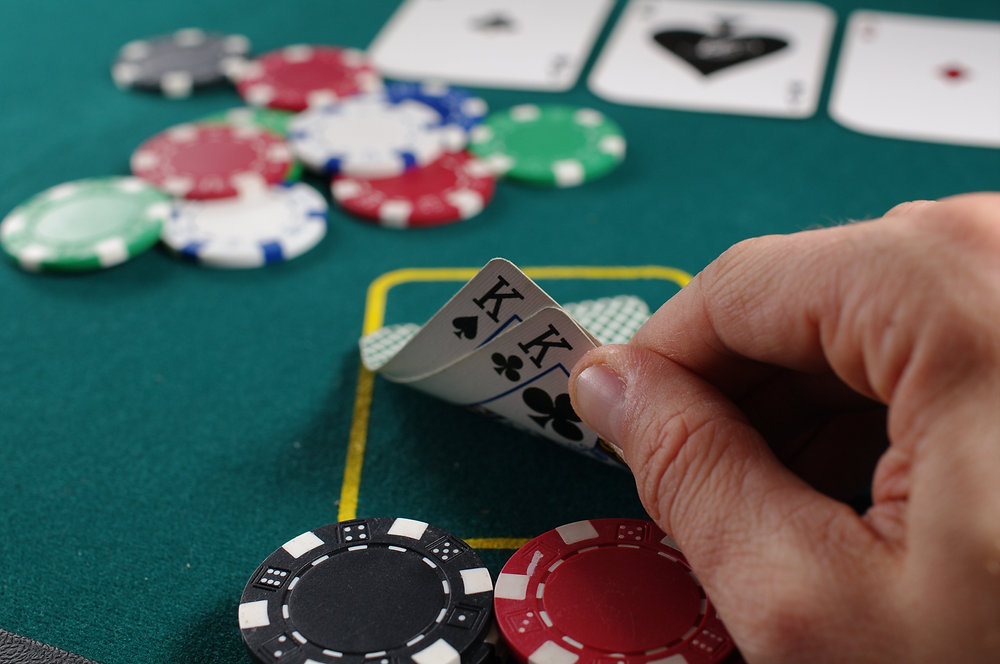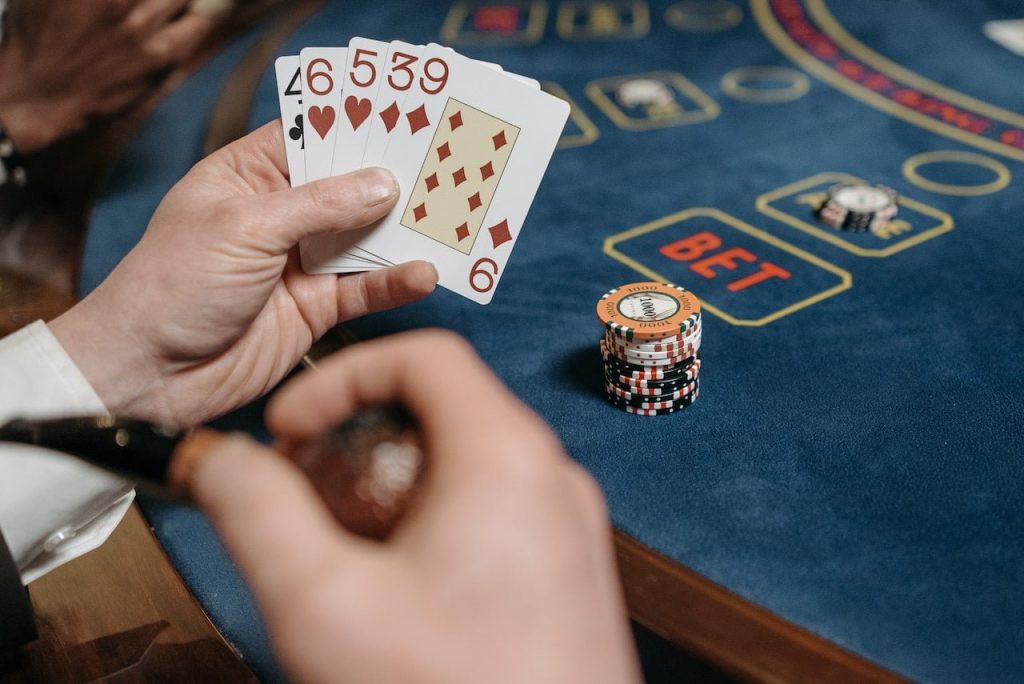
The scientific study of decision making has become a focal point for researchers in diverse fields, including psychology, economics, neuroscience, and artificial intelligence. The prominent role that decision making plays has resulted in an array of approaches, theories, and strategies aimed at understanding and disentangling its associated processes. Moving beyond the conventional boundaries, neuroeconomics and player decision-making in casinos has emerged as a unique lens through which we can explore decision making in our contemporary society. In this article, we aim to elaborate upon the multifaceted nature of decision making in digital gambling environments, exploring the connection between the neuroscience of risky decision making and the variables that contribute to one’s choices.
Integrating Cognitive & Psychobiological Approaches
It is fascinating to comprehend the underlying processes that govern our human decision-making processes. The integration of cognitive psychological theories with biopsychological approaches facilitates a deeper understanding of these dynamics at play.
(a) Personal Control & Near-Miss Effects
An essential attribute of decision making is the perception of personal control. This construct, closely aligned with the concept of ‘locus of control’, significantly influences decision making. Near-miss effects, also referred to as “almost winning,” can act as a motivating factor, fostering a sense of control and thus promoting increased risk-taking. This robust risk-taking phenomenon intensifies in the gambling context, perpetuating a cycle of precarious decision-making processes, despite mounting losses.
(b) The Role of Neurochemical & Neuropsychological Studies
Research shows a strong correlation between neurochemical processes, neuropsychological factors, and decision-making behaviors (Smith et al., 2010). Neurochemical studies reveal how dopamine—the neurotransmitter known for its involvement in the reward system—plays an instrumental role in decision making (Aw et al., 2012).

The Impact of Casino Lights & Sounds on Risky Decisions
The atmospheric attributes of a casino, such as lights and sounds, also significantly influence decision making. The ambiance created by these sensory cues can evoke strong emotional states, leading to an increased likelihood of risk-taking and risky decision-making.
Pathological Choices: Exploring Gambling Addictions
(a) Models of Gambling Decisions
Models of gambling decisions help illuminate the cognitive and emotional processes involved in determining the risk and reward associated with each decision. Understanding the factors leading to a pathological choice is paramount for both prevention and treatment of gambling addiction.
Neuroeconomics: Improving Casino Player Decision-Making
Neuroeconomics, an emerging field that combines neuroscience, economics, and psychology, provides a fresh perspective on decision-making behavior in a gambling context. The findings from this field shape our understanding of how our brains make economic decisions and how these can be manipulated for advantage.
